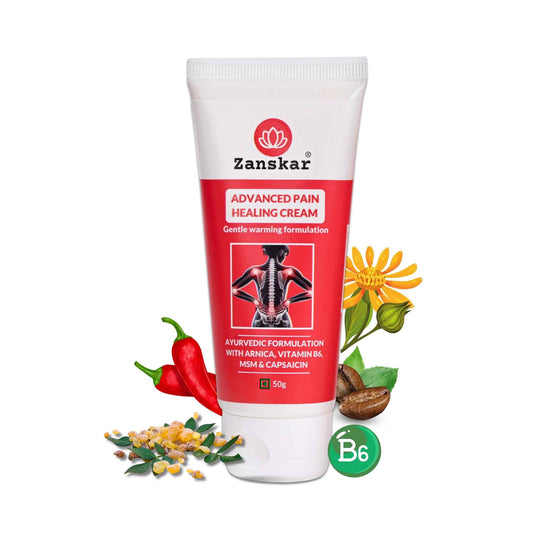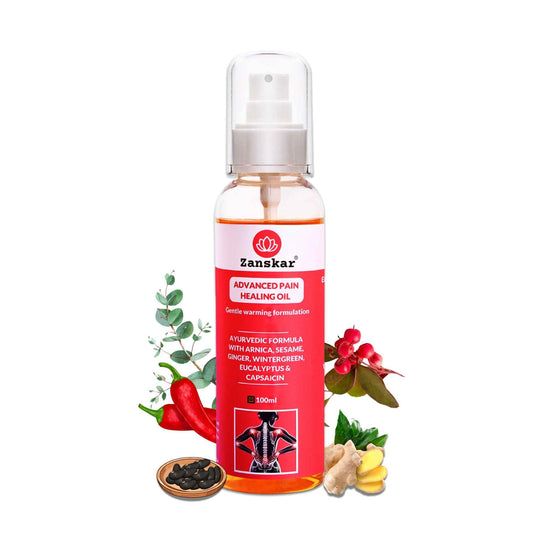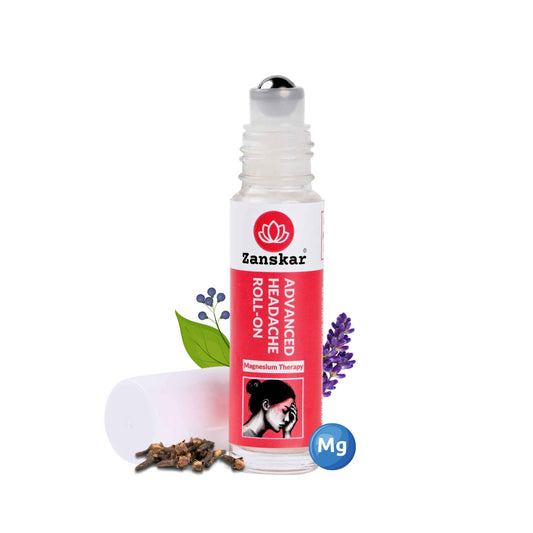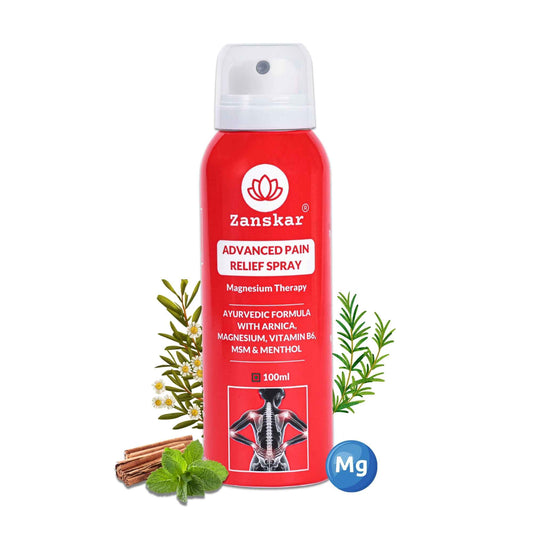
Joint Pain and Menopause: Symptoms, Causes and Advice for Relief
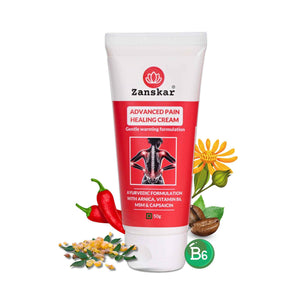
We’ve all heard of, experienced, and/or complained about the more common or stereotypical menopause side effects: Hot flashes that keep you up at night, vaginal dryness that makes sex uncomfortable, and stress you thought would subside at this stage of life. But those don’t paint the whole, colorful picture of menopause — which, we’d like to point out, isn’t all bad. But, we’d be doing you a disservice if we didn’t warn you of some of the low-profile menopause symptoms.
Joint pain during menopause, otherwise known as “menopausal arthralgia,” is a lesser-known symptom. In fact, it’s not even mentioned as a main symptom by the Mayo Clinic — and yet half of women experience it, according to a study in Maturitas, an international journal on midlife health.
What Causes Joint Pain During Menopause?
Your shifting hormones — specifically estrogen — likely play a role. Estrogen is a sex hormone that affects many body systems, including your musculoskeletal system. Estrogen helps maintain bone structure by slowing down the natural breakdown of bone. It helps improve muscle mass and strength and increases the collagen content of connective tissues in your joints. Estrogen also plays a part in preventing inflammation. Research shows estrogen can decrease stiffness in muscles, tendons, and ligaments, leading to better joint performance and reduced injury rates.
Enter perimenopause — the time leading up to menopause. Perimenopause usually begins in a woman’s mid-to-late 40s and lasts an average of four years. During this transition, hormone levels fluctuate and estrogen drops. With lower levels of estrogen, inflammation may occur more easily. Plus, cartilage and other joint tissues lose some of their protection, which can lead to stiffness, friction, and pain.
Low estrogen (and its effects on your joints) continues into menopause and beyond. Studies have shown up to 50% of women in menopause report joint pain.
Menopause, however, is not the only possible cause of joint pain during this time. Other conditions that may lead to pain, stiffness, and swelling in your joints include:
- OA: This most common type of joint pain occurs when the protective cartilage that cushions the ends of bones changes over time. OA can happen in any joint, causing symptoms such as pain and stiffness that tend to worsen after activity.
- RA. An autoimmune disease in which the immune system mistakenly attacks the healthy tissue lining the joints, causing chronic inflammation.
- Fractures due to osteoporosis. This bone disease weakens bones, making them more brittle and vulnerable to fractures.
- Fibromyalgia. This chronic disorder is characterized by widespread musculoskeletal pain and tenderness, as well as fatigue, trouble sleeping, and cognitive difficulties.
Symptoms of Menopause-Related Joint Pain
Menopause joint pain varies from person to person. It can affect a variety of joints — including the hands, feet, knees, elbows, shoulder, neck, and hips — and affect your ability to do daily activities. Some signs of hormone-related joint pain and associated discomforts include:
- Joint pain and stiffness that’s worse in the morning and improves with activity
- Pain that ranges in severity from a dull ache to a sharp, shooting pain, or burning sensation
- Back pain
- Muscle pain
- Decreased range of motion
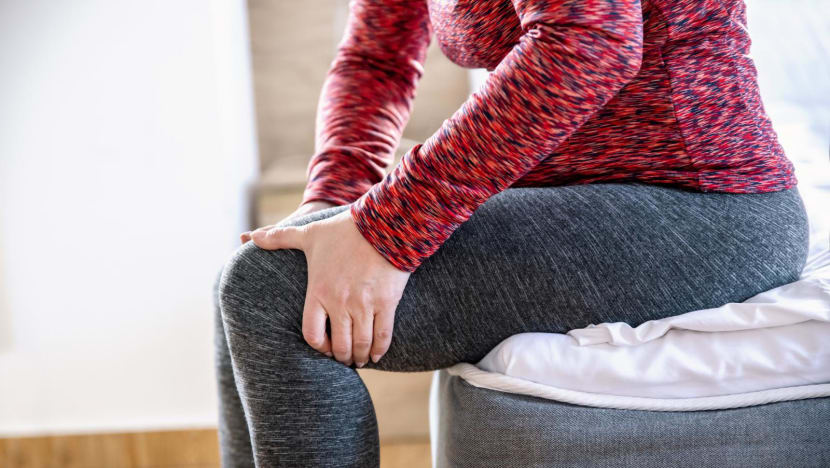
Physical Therapy for Joint Pain in Menopause
When joints ache, you’re more likely to avoid movement. But in most cases, being active can actually help you feel better. Movement and exercise play a crucial role in managing joint pain during menopause, says our expert team at Zanskar Health. Regular physical activity can help:
- Decrease joint pain and stiffness, in part by promoting joint lubrication. Your joints contain synovial fluid, which is rich in nutrients. Exercise helps circulate the fluid, explains our expert. Flushing out the old fluid and bringing in the new helps promote joint health. Movement also helps relieve pain by improving your range of motion.
- Strengthen muscles around the joints, which helps provide better support and stability to take pressure off painful joints.
- Promote better sleep as well as decrease fatigue and improve your mood — indirectly alleviating other common symptoms of menopause that may impact pain, adds our expert.
You can exercise on your own to ease menopause-related joint pain, but working with a physical therapist (PT) can be helpful, too. A PT can do a full assessment and help tailor a comprehensive treatment plan to help relieve joint pain and improve your overall function.
A PT may recommend low-impact exercise and stretches to help prevent stiffness and tightness, as well as exercises to strengthen your core, pelvic floor, low, mid-, and upper back muscles. They can make sure your plan includes weight-bearing exercises to help prevent osteoporosis.
More Ways to Treat Menopause-Related Joint Pain
Regular physical activity is key to reducing joint pain and stiffness during menopause. But in addition to exercise, there are a range of lifestyle changes and other treatment options that may help ease your joint aches and prevent them from getting worse. Talk to your health care provider before trying these strategies to make sure they are safe and appropriate for you.
Eat more anti-inflammatory foods. Diet alone can’t cure joint pain. But eating well-balanced meals that include anti-inflammatory foods can play an important role in your management plan. Foods and nutrients that can help reduce inflammation include:
- Fruits (strawberries, blueberries, and oranges)
- Green, leafy vegetables (spinach, kale)
- Healthy fats (olive oil)
- Nuts (almonds and walnuts)
Certain dietary supplements may help ease inflammation and improve joint health. Your doctor can help determine if a supplement may help ease menopause joint pain and if it’s safe for you to take.
Maintain a healthy weight - Excess weight can put extra stress on your joints as you move. But managing your weight during perimenopause and menopause can be a struggle — and there are no easy answers. Taking steps to reduce your joint pain overall can lead to a more active lifestyle and help support your weight loss efforts.
Try cold or heat therapy. Ice can help reduce inflammation and swelling to provide temporary pain relief. Heat is most commonly used for muscles that feel stiff or sore. You can consider Zanskar Advanced Joint Pain Relief Products with warm sensation to take the edge off. Made up of natural bio-actives, it provides effective relief without any side effects over long term usage.
Take steps to reduce stress. That’s because stress may make joint pain worse. Deep breathing, meditation and yoga, or even taking a short walk may help keep stress levels in check. A bonus: Mind-body relaxation techniques have also been shown to help relieve the severity and frequency of hot flashes during perimenopause and menopause.
Menopause hormone therapy (MHT). Hormone treatment may help reduce joint pain during perimenopause and menopause. There are many different types of HRT available.
Learn More About Zanskar Health
If you have joint or muscle pain that makes it hard to move, Zanskar offers the most advanced full stack pain relief solutions for you.
Now available to purchase, Zanskar® Advanced Pain Healing Cream has a unique formulation of natural ingredients like Arnica, Vitamin B6, MSM and Capsaicin, which is trusted by over 20L+ pain sufferers globally. It provides lasting relief from muscle and joint discomfort that you can feel good about. Get your fix before stocks run out - buy now.
You can also gain access to therapeutic exercises and stretches for your condition by downloading the Zanskar Health physiotherapy mobile app. Additionally, you’ll have a personal care team to guide, support, and tailor our program to you, including behavioral and nutritional coaching.
Download our mobile app here 👉 download and track your exercise streak.
Medical Review: This article is written by Dr Nishtha Mittal (Senior Health Content Editor at Zanskar Health) and has been medically reviewed by the medical team at Zanskar Health. This article and its contents are provided for educational and informational purposes only and do not constitute medical advice or professional services specific to you or your medical condition.




